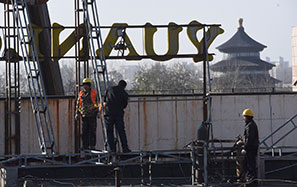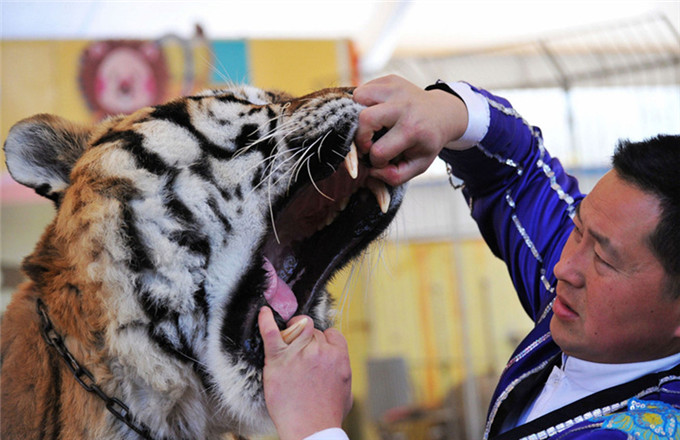Africa is key to jump-starting auto industry
Manufacturers have paid insufficient attention to the market, seemly unaware of its potential
Africa is finding more and more reasons to localize its car manufacturing industry.
For one thing, Africans may well be finding that they are in a better bargaining position if they have cars specially designed for them and whose sale provides localized services.
At the same time, African governments may be finding that one way of turning an agricultural economy into an industrial one is to pull out all the stops to develop its automotive industry.
In short, after many years' development, Africa's car market may finally be taking a turn for the better.
Countries with strong automotive industries such as China, Japan, the United States, as well as European countries, are now starting to localize their vehicle manufacturing in Africa to improve their competitiveness and grab a greater share of the market.
Even though three countries, Egypt, Morocco and South Africa, have dominated the African automotive industry, vehicles there are built mainly under license of foreign brands, and companies holding these brands may well have regarded Africa not as a market in need of localized services but as an assembly base.
In this regard, South Africa has traditionally been the leader. A new factory was opened in Morocco in 2012, and it mainly produces cars for Europe. Although Egypt's automotive industry dates back to 1960, it was not until 2004 that it began to expand exponentially.
At that time it had produced just 49,335 vehicles. This figure rose to 116,683 vehicles in 2010. Production fell 31 percent in 2012 in the face of political turmoil that began the year before.
The automotive industry in China has been the largest in the world measured by vehicles produced each year since 2008, and the more than 18 million vehicles it produces annually exceeds that of the European Union, the United States and Japan combined.
Compared with other countries that have strong automotive industries, China has its advantages. As the largest developing country it has great depth geographically and economically. Although the first-tier cities probably have standards of living of moderately developed countries, consumer demand in second and third-tier cities is probably similar to that of cities in many other developing countries.
Of the cars produced, 44 percent were local brands (including BYD, Dongfeng Motor, FAW Group, SAIC Motor, Lifan, Chang'an, Geely, Chery, Hafei, Jianghuai (JAC), Great Wall and Roewe), and the rest were produced by joint ventures with foreign carmakers such as General Motors, Honda, Hyundai, Nissan, Mitsubishi, Toyota and Volkswagen. These companies have a lot of experience in dealing with different levels of market demand and produce cars adaptable to different geographical areas in China.
The great bulk of cars made in China are sold there, less than 5 percent being exported. Thus the home market provides a solid base for the carmakers, and in some ways expanding globally seems to be a mere afterthought.
Nevertheless, things seem to be changing. JAC, Chang'an, Lifan, Great Wall and other Chinese companies have announced plans to invest overseas, and have set up factories to fulfill localization plans. With the rapid rise of countries such as Brazil, Egypt, India, Russia and Uruguay, many independent brands have shown a keen interest in establishing their businesses there.
However, many Chinese car manufacturers have paid insufficient attention to the African market, seemingly unaware that it is about to take off.
Chinese carmakers may also be under pressure to expand overseas in a more flexible way. The country's automotive market is changing as manufacturing costs rise, competition intensifies and technology continues to improve.
Recently, SGMW, a joint venture between SAIC, GM and Wuling Motors, opened a new chapter in Africa by signing an agreement with GM Egypt to sell its technologies, services, and manufacturing process.
GM set up its first assembly plant in Egypt in 1985, revolutionizing the industry there, and SGMW's expansion to Africa may signal the beginning of a new era, one in which big carmakers draw on experience they have accumulated in China and adapt it to the needs of the African automotive market.
The author is a lecturer at the Management School of the Shanghai University and a research fellow at the China Europe International Business School Lujiazui International Finance Research Center.




















